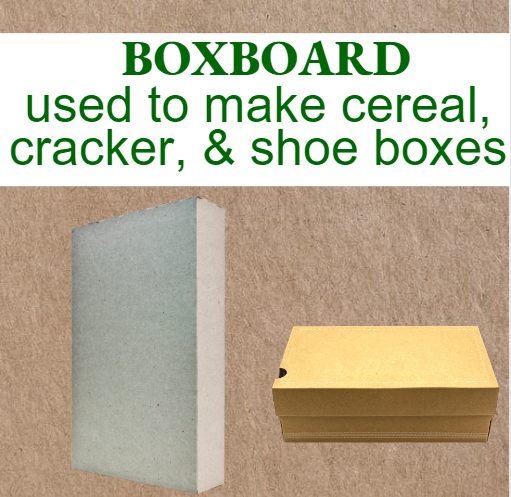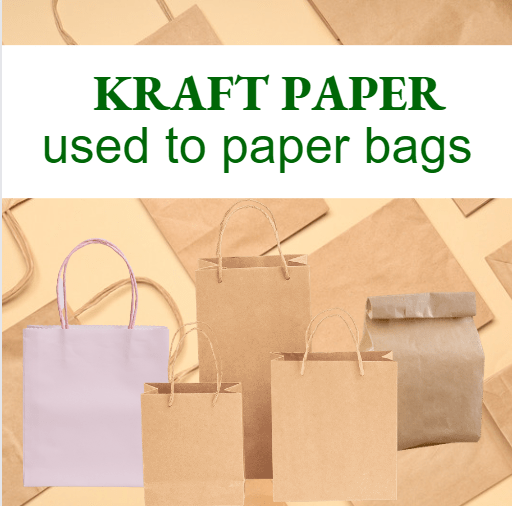In Canada, there are three major paper packaging grades:
- Containerboard (e.g., corrugated cardboard boxes),
- boxboard (e.g., cereal, cracker boxes), and
- Kraft paper (e.g., paper bags for items like groceries and paper sacks used for sugar, flour).
Each of these paper grades have their own purpose, benefits, and use, but they are all made of paper fibres and are all part of the paper packaging industry’s circular economy.
Containerboard
Containerboard is the major packaging grade in Canada and is used to make the corrugated boxes commonly used to ship heavier products, such as appliances, electronic goods, wine, and fruit and vegetables. They are frequently used as a bulk shipper, which means they deliver many similar products in the same box.
Several layers of paper fibre give the corrugated box its strength:
- a top and bottom layer called linerboard
- a middle layer called corrugating medium, which is a wavy, ripple-like shape of the medium that gives the box its strength. A corrugated box always has this ripple layer (or fluting) in the middle.
Its component parts (linerboard and corrugating medium) are mostly produced from recycled content. Of the 11 containerboard mills in the country in 2020, seven produced 100% recycled content, and the balance a blend of recycled and sawmill residues or virgin fibre.

Boxboard
Boxboard is the thin, lighter weight carton commonly used to carry a single item, such as breakfast cereal, shoes, crackers, or a toy. It does not have the wavy middle layer (corrugating medium) liked corrugated boxes. Boxboard is also used as cores and tubes, graphic board, partitions, displays, gypsum wallboard products, and children’s arts and crafts.
Boxboard does not require the strong paper fibres and are mostly recycled content when it leaves the mill. It is made from a mixture of old corrugated boxes, old newspapers, used printing and writing paper and old boxboard.
Of the nine mills in Canada producing boxboard grades in 2020; seven used recycled content. One used a blend of deinked pulp and sawmill residues, and one used sawmill residues or virgin fibre and up to 25% recycled. Overall, the average recycled content for domestic shipments of boxboard is close to 80%, based on the 2020 Recycled Content Survey.
Kraft Paper
Paper bags are made from kraft paper and are divided into two types: the paper bags used to carry groceries and/or retail items, and multi-wall sacks that contain flour and cement or are used for the collection of leaf and yard waste and organics.
Kraft paper is predominantly used to make multi-wall sacks and grocery bags, which require strong paper fibres.
Paper bags in Canada are made from woodchips and sawmill residues left over from lumber operations. Paper bags collected from household Blue Box recycling programs are normally recycled back into new corrugated boxes, rather than separated and shipped back thousands of kilometres to the nearest kraft paper mill for recycling. Kraft paper can be virgin material 100% recycled content, or anywhere in between.
Subscribe to our communications
Sign up to receive PPEC's blog and updates.


